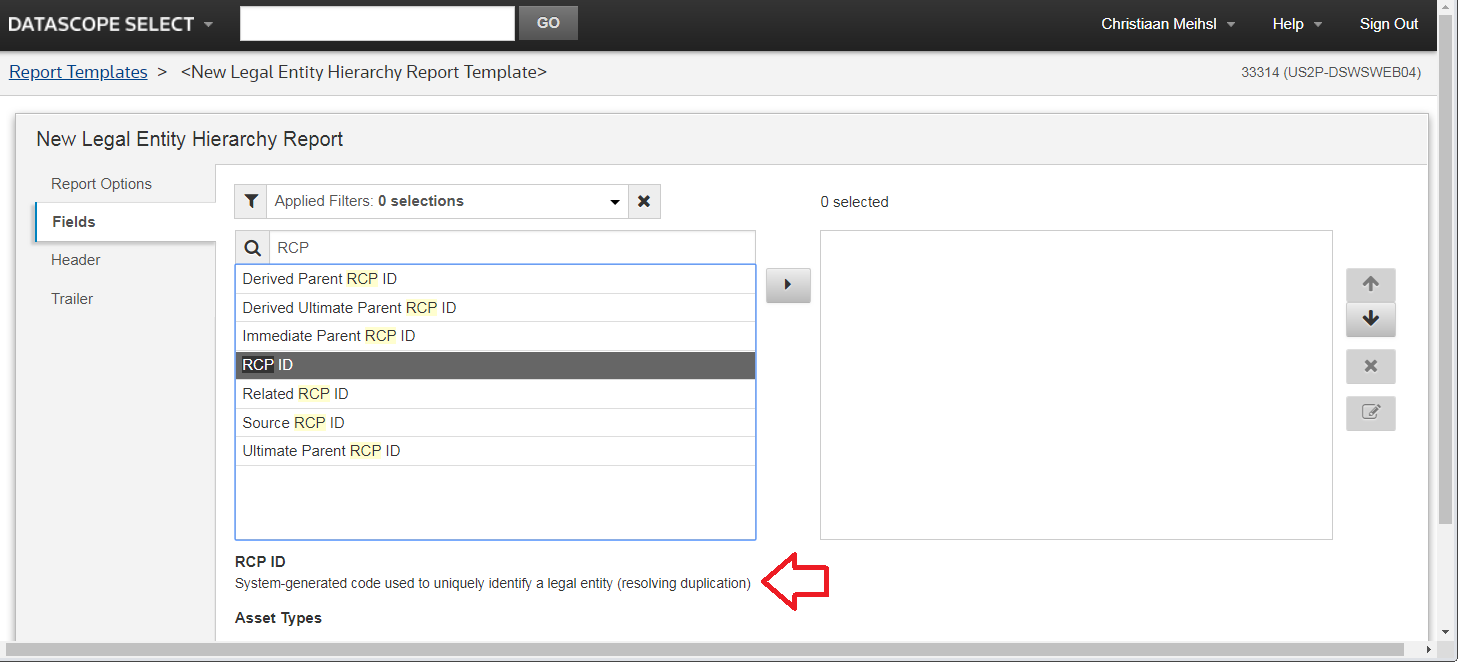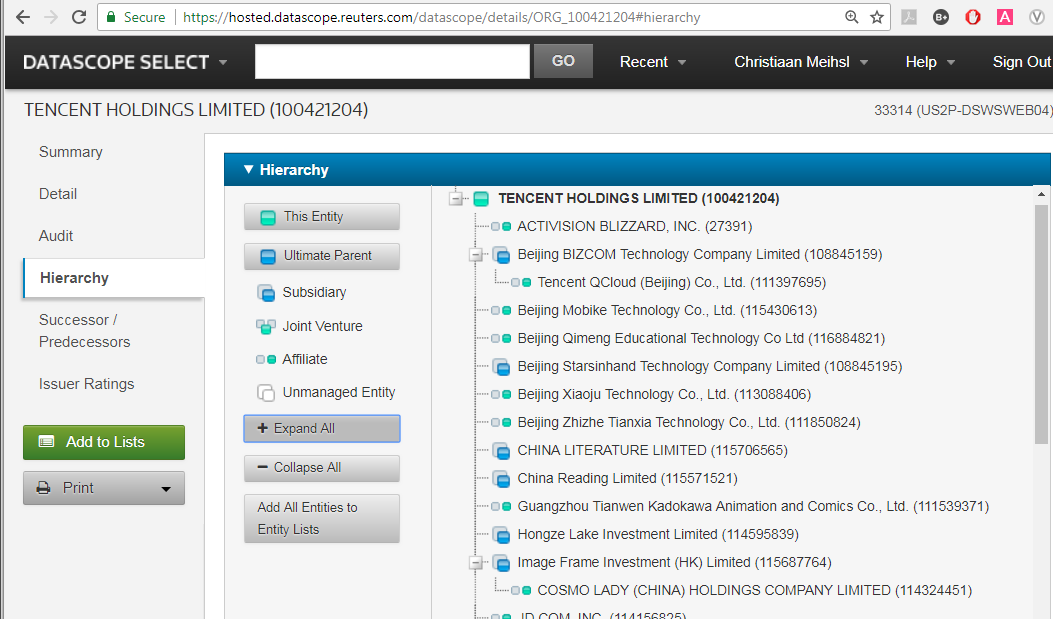What does one input in the request and what is the return containing ?
Does one enter an OrgID and get data about the whole tree structure containing this OrgID? What's the basic idea behind it? What's the "RCP ID" that seems to be an important field in that request?
Thanks for hints and info.
Bernard





